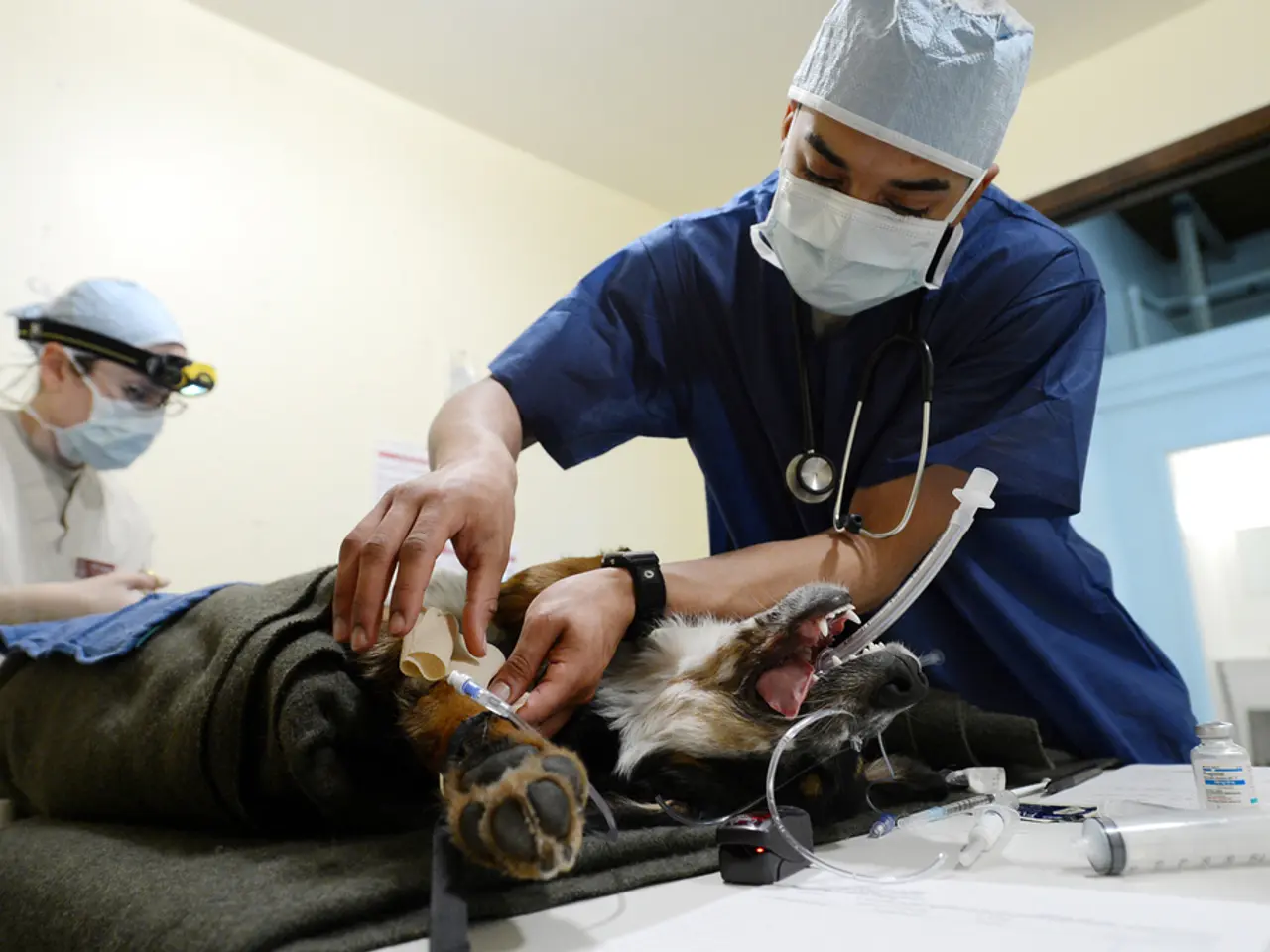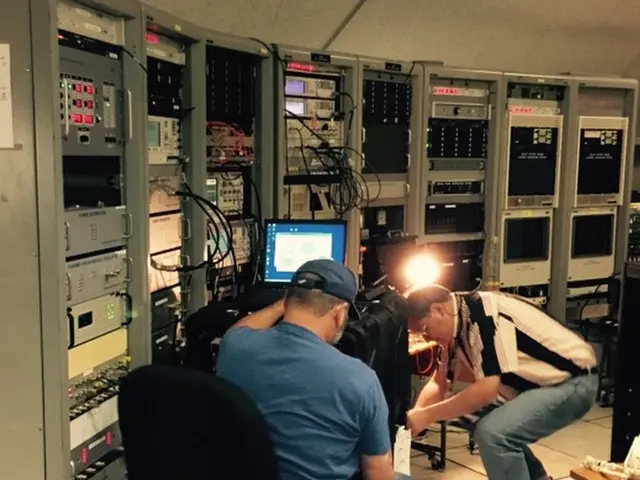CPAP Users: Managing Nasal Congestion for Comfortable Sleep
Sleep apnea patients using CPAP machines may face discomfort when dealing with colds or nasal congestion. Proper management of these conditions is crucial for a good night's sleep.
Congestion from a cold or infection inflames sinuses and nasal passages, narrowing airways. Using a CPAP machine in such cases can be uncomfortable and may even worsen symptoms. Otolaryngologist Alan Kominsky suggests taking a break from the machine when sick with a cold or conditions like nosebleeds, runny nose, sore throat, shortness of breath, nausea, and vomiting.
To manage congestion, Kominsky recommends using nasal saline sprays or rinses, applying topical nasal corticosteroids if inflammation is present, and ensuring proper humidification of the CPAP air. This helps reduce nasal mucosal dryness and irritation, improving comfort and adherence to CPAP therapy. Additionally, positioning the head higher than the heart while using the machine can help drain fluids and blood from the nose. Regular cleaning of the CPAP machine between uses also helps prevent the spread of germs.
While a CPAP machine can help clear stuffiness in mild cases, it's important to manage congestion properly when using it. Taking breaks when sick, using saline rinses, applying nasal corticosteroids, and ensuring proper humidification can all help improve comfort and effectiveness of CPAP therapy.






